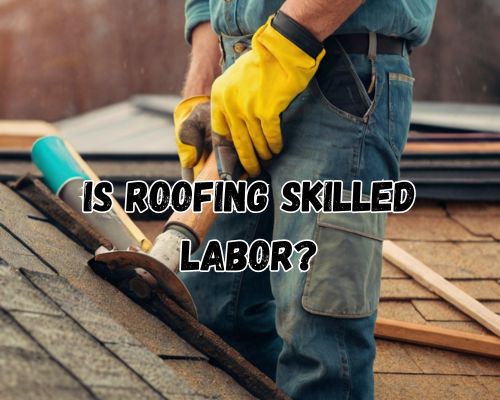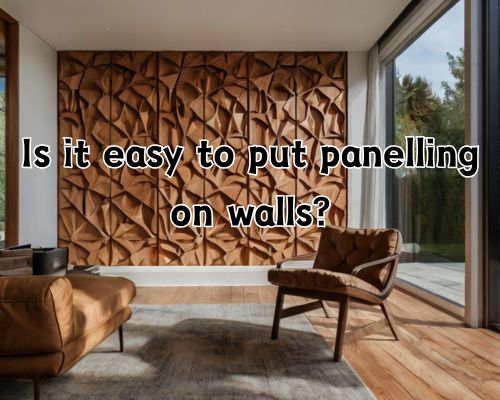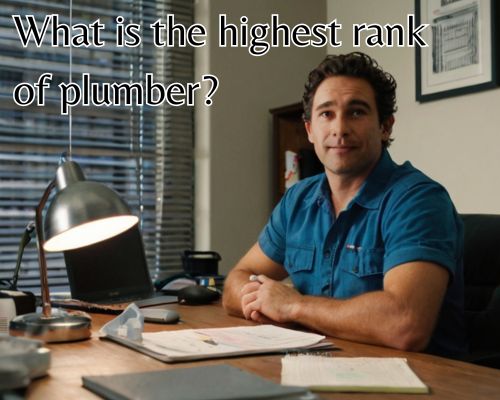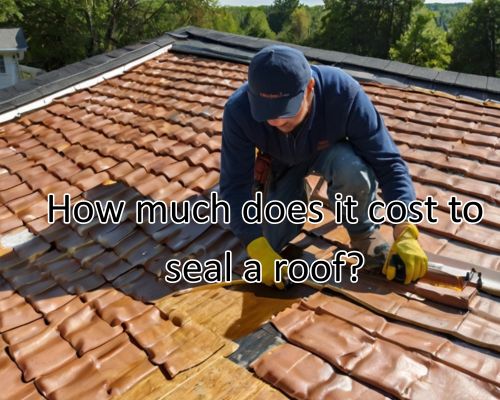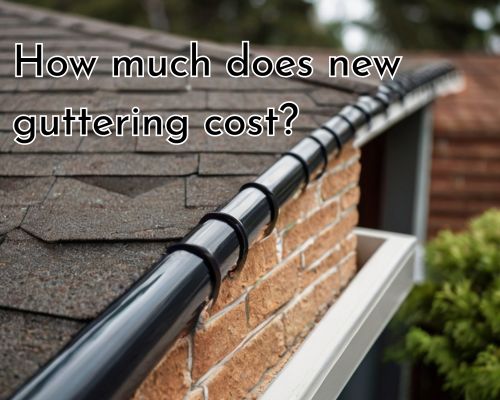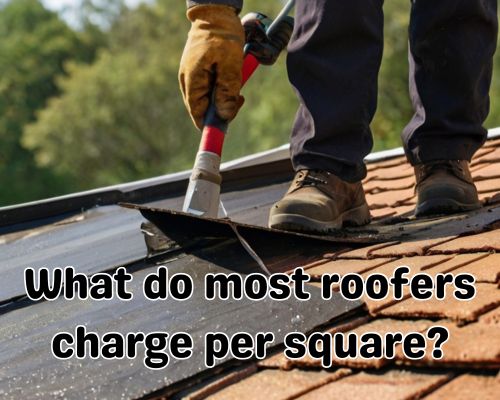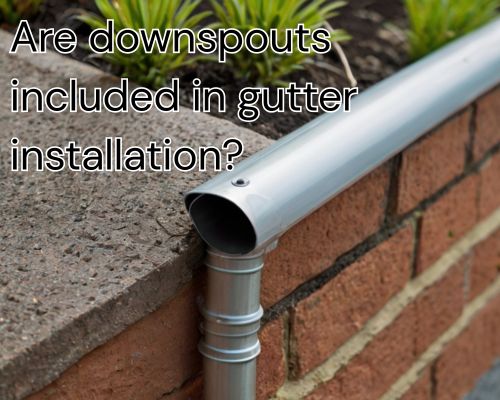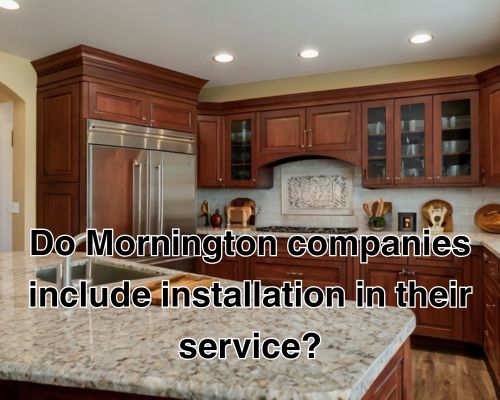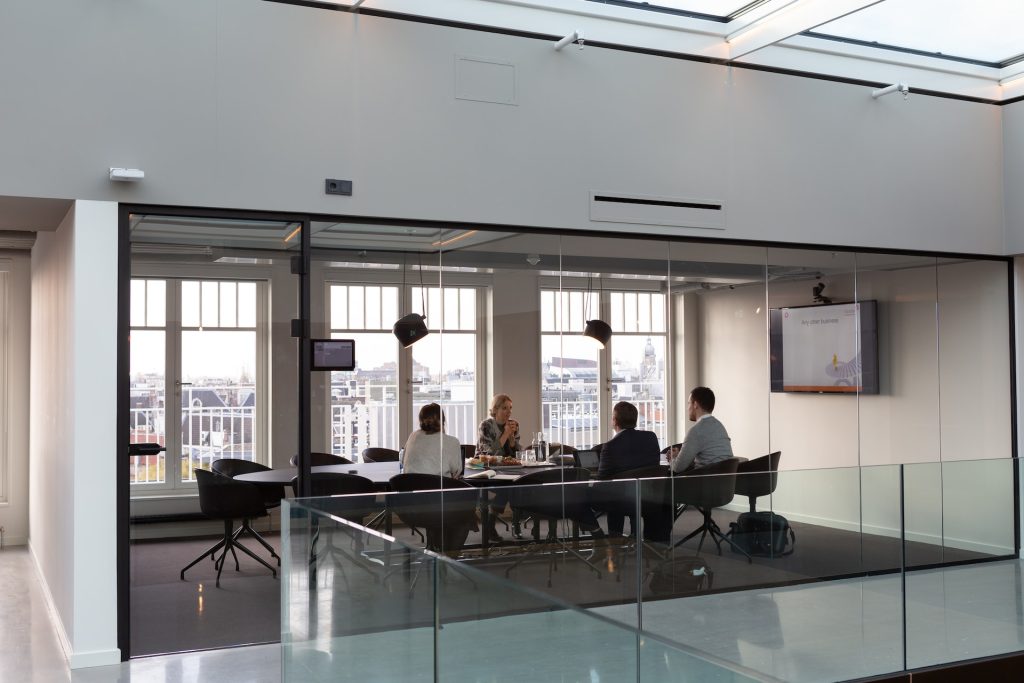
What is the Effective Life of Gutters? A Melbourne Homeowner’s GuideWhat is the Effective Life of Gutters? A Melbourne Homeowner’s Guide
When it comes to protecting your home from water damage, gutters are the unsung heroes — silently channeling rainwater away from your roof, walls, and foundation. But the big question for Melbourne homeowners is: What is the effective life of gutters? Knowing this helps you plan maintenance, repairs, or replacement before costly damage strikes.

With Gutter Cleaning Melbourne, we’ll unpack the factors that influence gutter lifespan, delve into local Melbourne climate impacts, and share practical tips to extend your gutter system’s life. Let’s get those gutters flowing smoothly for years to come!
Understanding Gutters and Their Purpose
Gutters, often overlooked, are the first line of defense against rainwater infiltration. Their primary job is to collect water running off your roof and safely direct it away from your home. This prevents soil erosion, basement flooding, foundation cracks, and wood rot.
In Melbourne’s variable climate — featuring heavy winter rains, scorching summers, and occasional storms — gutters endure significant stress. Choosing the right gutter material and maintaining it well are key to maximizing their effective life.
What Does “Effective Life” Mean for Gutters?
The “effective life” of gutters refers to the duration they perform their intended function without significant deterioration or failure. This isn’t just about when gutters start looking worn but when they actually stop protecting your home efficiently.
Factors that define effective life include:
- Material durability
- Installation quality
- Exposure to elements
- Maintenance frequency
- Local environmental conditions
In Melbourne, these factors intertwine uniquely, affecting how long your gutters last.
Common Gutter Materials and Their Lifespans in Melbourne
The choice of gutter material hugely influences effective life. Here’s a quick rundown of popular gutter types found in Melbourne homes and their typical lifespans:
1. Aluminium Gutters
- Lifespan: 20-30 years
- Pros: Lightweight, corrosion-resistant, and relatively affordable.
- Cons: Can dent easily and may suffer from paint peeling under Melbourne’s harsh sun.
- Local Note: Aluminium gutters cope well with Melbourne’s rain but require occasional repainting or sealing to stay resilient.
2. Colorbond Steel Gutters
- Lifespan: 25-40 years
- Pros: Extremely durable, strong against storms, and colorfast.
- Cons: Heavier than aluminium, installation can be pricier.
- Local Note: Popular in Melbourne for modern homes, Colorbond gutters handle local weather fluctuations and UV exposure superbly.
3. Zincalume Gutters
- Lifespan: 30-50 years
- Pros: Highly resistant to rust and corrosion.
- Cons: More expensive and less common in residential properties.
- Local Note: Ideal for Melbourne’s coastal suburbs where salt air accelerates corrosion.
4. PVC Gutters
- Lifespan: 10-15 years
- Pros: Cost-effective, easy to install, and rust-proof.
- Cons: Prone to cracking under extreme heat or impact.
- Local Note: Common in Melbourne’s older or budget homes, but less durable under harsh weather conditions.
Melbourne’s Climate Impact on Gutter Lifespan
Melbourne’s weather is famously unpredictable — a factor that directly influences gutter wear and tear.
Rainfall and Storms
Winter months bring heavy rains and occasional storms that test gutter strength and drainage capacity. Blockages from leaves or debris can cause overflow and rust.
Sun Exposure
Summer UV rays cause paint to fade and materials to degrade, especially for aluminium and PVC gutters.
Temperature Fluctuations
Rapid temperature swings cause metal to expand and contract, increasing the risk of joints loosening or cracking.
Local Vegetation
Melbourne’s native trees like gum trees shed leaves and bark that clog gutters, demanding regular cleaning.
Signs Your Gutters Are Reaching the End of Their Effective Life
Don’t wait for a full-blown leak or foundation problem! Early warning signs include:
- Rust or corrosion spots on metal gutters
- Cracks or splits in PVC gutters
- Sagging or pulling away from the fascia board
- Persistent blockages despite cleaning
- Water pooling around your foundation after rain
Spotting these early allows for timely repairs or replacement, avoiding costly structural damage.
How to Extend the Effective Life of Your Gutters in Melbourne
Taking proactive steps will keep your gutters in tip-top shape, stretching their life expectancy significantly:
1. Regular Cleaning
At least twice a year, ideally before winter and after autumn leaf fall. Clearing debris prevents blockages that cause rust and water damage.
2. Gutter Guards Installation
Installing mesh or brush guards reduces debris accumulation, minimizing maintenance and prolonging gutter life.
3. Prompt Repairs
Fix leaks, reseal joints, and tighten loose brackets as soon as you spot issues.
4. Professional Inspection
A qualified Melbourne roofing or gutter specialist can spot hidden problems and recommend maintenance or replacement options tailored to your home’s needs.
5. Use Quality Materials
Investing in durable materials like Colorbond or Zincalume can mean fewer headaches and longer effective life.
For professional needs, just go to Gutter Cleaning Melbourne.
Cost and Investment: Replacing Gutters in Melbourne
If your gutters are beyond repair, replacement is inevitable. In Melbourne, costs vary depending on material choice, roof size, and installation complexity.
- Aluminium gutters: approx. AUD 30-50 per linear meter
- Colorbond gutters: approx. AUD 40-70 per linear meter
- Zincalume gutters: approx. AUD 50-80 per linear meter
- PVC gutters: approx. AUD 20-40 per linear meter
Though upfront costs may seem high, investing in quality gutters tailored to Melbourne’s conditions is wise. It protects your home and can even increase property value.
Local Resources for Melbourne Homeowners
Melbourne’s roofing and gutter market is vibrant, with many trusted professionals offering inspection, cleaning, repair, and installation services.
- Melbourne Roofing Specialists
- Gutter Cleaning Services Melbourne
- Colorbond Gutter Installers Melbourne
- Eco-Friendly Gutter Solutions Victoria
Choosing local experts ensures your gutters get the care suited to Melbourne’s climate and regulations.
Final Thoughts: Don’t Underestimate Your Gutters!
So, what is the effective life of gutters in Melbourne? It ranges from 10 to 50 years, largely depending on material, maintenance, and environmental conditions.
Understanding this lifespan helps you avoid expensive damage by planning upkeep and replacements wisely. Remember, gutters may be the humble protectors of your home — but they deserve your attention.
Keep your gutters clean, inspect regularly, and trust local Melbourne professionals when it’s time to upgrade. Your home will thank you with years of dry, damage-free living.
FAQs: Quick Hits on Gutter Lifespan in Melbourne
Q1: How often should I clean gutters in Melbourne?
At least twice yearly, ideally in autumn and spring.
Q2: Do gutter guards really extend gutter life?
Yes, by reducing debris buildup and blockages.
Q3: Can I replace gutters myself?
Professional installation is recommended for durability and warranty compliance.
Q4: What gutter material lasts longest in Melbourne?
Zincalume steel, especially in coastal areas, can last up to 50 years.
Q5: How do I know if my gutters need replacing?
Look for rust, leaks, sagging, and water pooling near your home.

